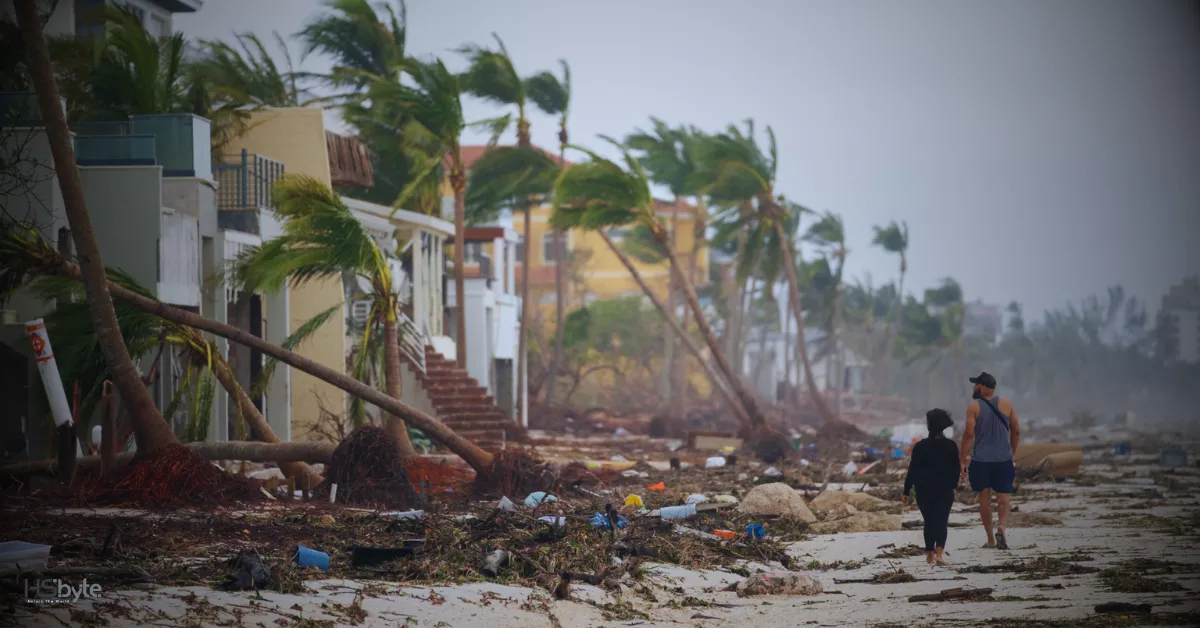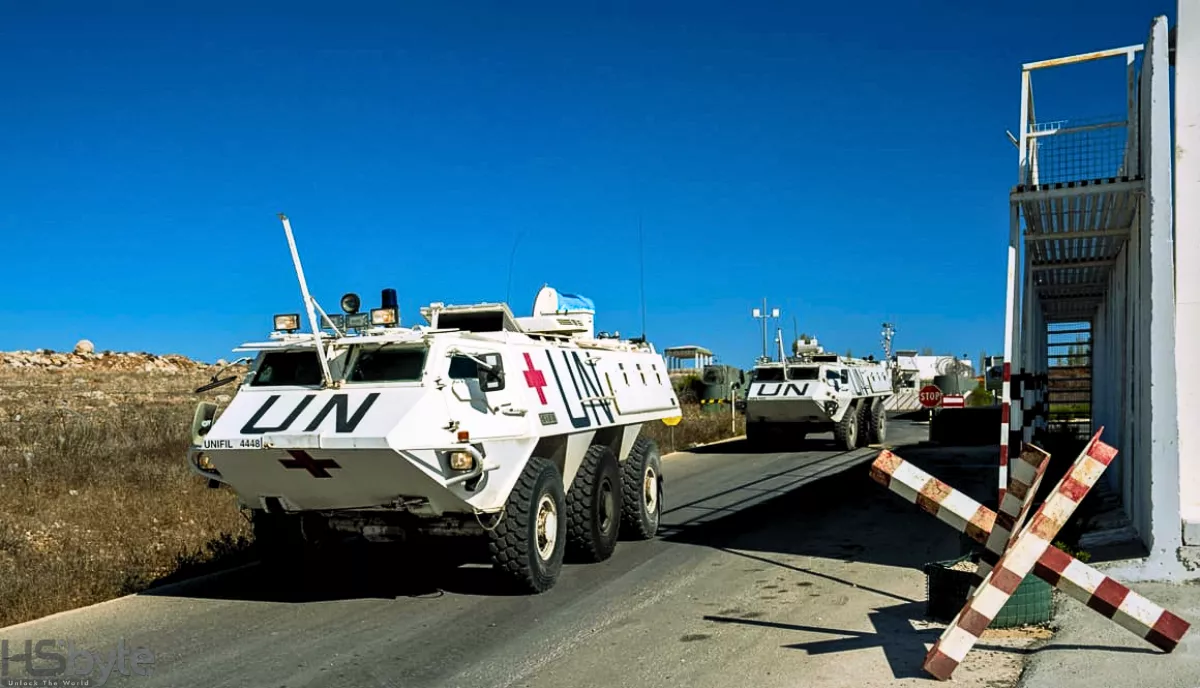

- Share
Florida is once again facing a major natural disaster as Hurricane Helene continues to strengthen, now classified as a Category 2 storm over the Gulf of Mexico. With mandatory evacuation orders in place across several regions, officials are urging residents to take action immediately. The hurricane is set to make landfall in Florida’s Big Bend area, and forecasters predict it will strike with life-threatening force.
The Threat Intensifies: A Category 4 Hurricane on the Horizon
As of Thursday morning, Hurricane Helene grew in size and strength, with meteorologists warning that it could reach Category 4 status by the time it hits the Florida coastline later tonight. The storm is expected to bring destructive winds, torrential rain, and a storm surge up to 20 feet high. Such extreme conditions have prompted state authorities to issue urgent warnings, advising residents in at-risk areas to evacuate without delay.
Governor Ron DeSantis held a press conference Thursday morning, calling Hurricane Helene “catastrophic” and “unsurvivable” in some areas, particularly around the Big Bend region. The capital city of Tallahassee, which has not experienced a storm of this magnitude in years, is now under serious threat. The governor urged residents not to underestimate the storm, as its large size and powerful winds could lead to widespread destruction.
Mandatory Evacuations and Preparation Efforts
Residents in low-lying areas and coastal regions have been given mandatory evacuation orders as officials aim to prevent casualties in what could be one of the most destructive hurricanes Florida has faced in years. Areas around Tallahassee and the Big Bend are especially vulnerable due to the anticipated storm surge that could reach up to 20 feet above ground level. This surge poses a serious risk to homes, businesses, and infrastructure in the area.
Search and rescue teams have been mobilized across the state, with emergency shelters being opened for those who need refuge. Both Tampa International Airport and Tallahassee International Airport were shut down on Thursday as preparations for the storm accelerated. Governor DeSantis also warned of potential travel disruptions and called on Floridians to take every precaution necessary.
In a public statement, Governor DeSantis emphasized that the situation is dire. “This storm is unlike any we’ve seen in recent years,” he said. “I cannot stress enough the importance of leaving now. If you wait too long, you will be putting your life in danger.”
The Impact on Communities: A Somber Reality
While some communities have already begun evacuating, there are still individuals choosing to stay behind, hoping they can weather the storm. Cedar Key, a small island community on the Big Bend, is one such example. Michael Bobbit, a local clam farmer, spoke to the media about the difficult decisions some residents are making.
“People here have this mindset that we can ride it out, but this isn’t like the other storms we’ve faced before,” said Bobbit. “We’ve been sandbagging and boarding up windows, but the mood is heavy. People are hugging each other, saying, ‘I hope we still have a home after this.’”
Bobbit’s story is just one example of the widespread fear and anxiety gripping the state as Hurricane Helene approaches. The National Hurricane Center (NHC) has issued warnings about the severity of the storm, noting that even inland areas could experience significant damage. The NHC’s Director, Michael Brennan, said Thursday that while there is still time to evacuate, the window of opportunity is rapidly closing. “Conditions are going to deteriorate very quickly,” Brennan warned.
Extreme Weather Conditions Expected: Tornadoes and Flash Flooding
In addition to the devastating winds and storm surge, meteorologists are predicting that Hurricane Helene will bring dangerous tornadoes and flash flooding. Already, 14 tornado warnings have been issued across the state, with more expected as the storm moves inland. Heavy rainfall, possibly exceeding 18 inches in some areas, will likely lead to flash floods and further compound the disaster.
The combination of powerful winds, torrential rain, and tornado activity makes Hurricane Helene a particularly dangerous storm. The NHC has stressed that the storm’s impact will extend far beyond the coastline, affecting millions of residents across the state.
An Ongoing Crisis: Hurricane Helene’s Long-Term Effects
This hurricane will not only bring immediate destruction but could have long-term consequences for Florida’s coastal communities. The storm surge alone is expected to cause extensive damage to homes, businesses, and critical infrastructure. Additionally, power outages are anticipated across the state, with trees and power lines likely to be downed by the storm’s high winds. Cleanup and recovery efforts may take weeks, if not months, to restore normalcy.
Governor DeSantis has assured residents that search and rescue teams, along with the National Guard, are on standby and will be deployed as soon as it’s safe. The governor has also activated emergency funds to help provide resources to impacted communities once the storm passes.
Florida on High Alert for Hurricane Helene’s Devastation
As Florida braces for Hurricane Helene, it is clear that this storm poses an unprecedented risk to the state. With a predicted landfall as a Category 4 hurricane, combined with life-threatening storm surges and tornado threats, Floridians must act swiftly to ensure their safety. Evacuation orders are in place, and shelters are open, but time is running out. Authorities stress that this storm should not be taken lightly. Those in the path of Hurricane Helene must heed the warnings and evacuate immediately to avoid a potential catastrophe.
You May Also Like


Israeli Hostage Couple Reunited After 738 Days

Raila Odinga Dies at 80: Kenya Mourns Political Giant

Trump Demands Hamas Disarm Amid Brutal Gaza Crackdown

Israeli Strikes on Iran Heighten Tensions

UNIFIL Post Breached: Israeli Tanks Escalate Tensions
Latest Update

Zelensky Biden Meeting Ignites Republican Outrage Amid Aid Talks

Wuthering Heights Film Casting: Controversy Sparks Debate

Will the US Presidential Election Shape the Future of Crypto?

War with Russia: Zelensky Sees Hope for Peace

Unpacking the ‘Dark Arts’ in Manchester City vs Arsenal Showdown

UNIFIL Post Breached: Israeli Tanks Escalate Tensions

Trump Demands Hamas Disarm Amid Brutal Gaza Crackdown

